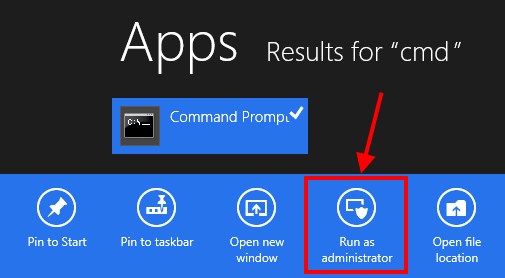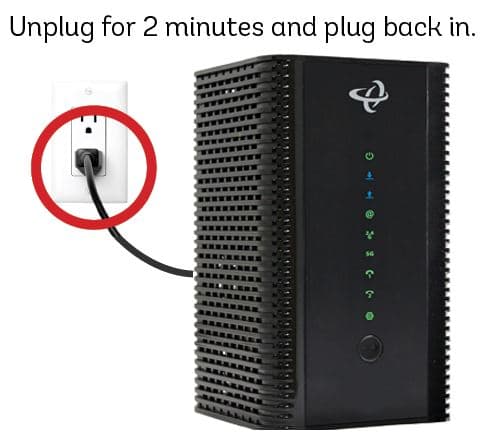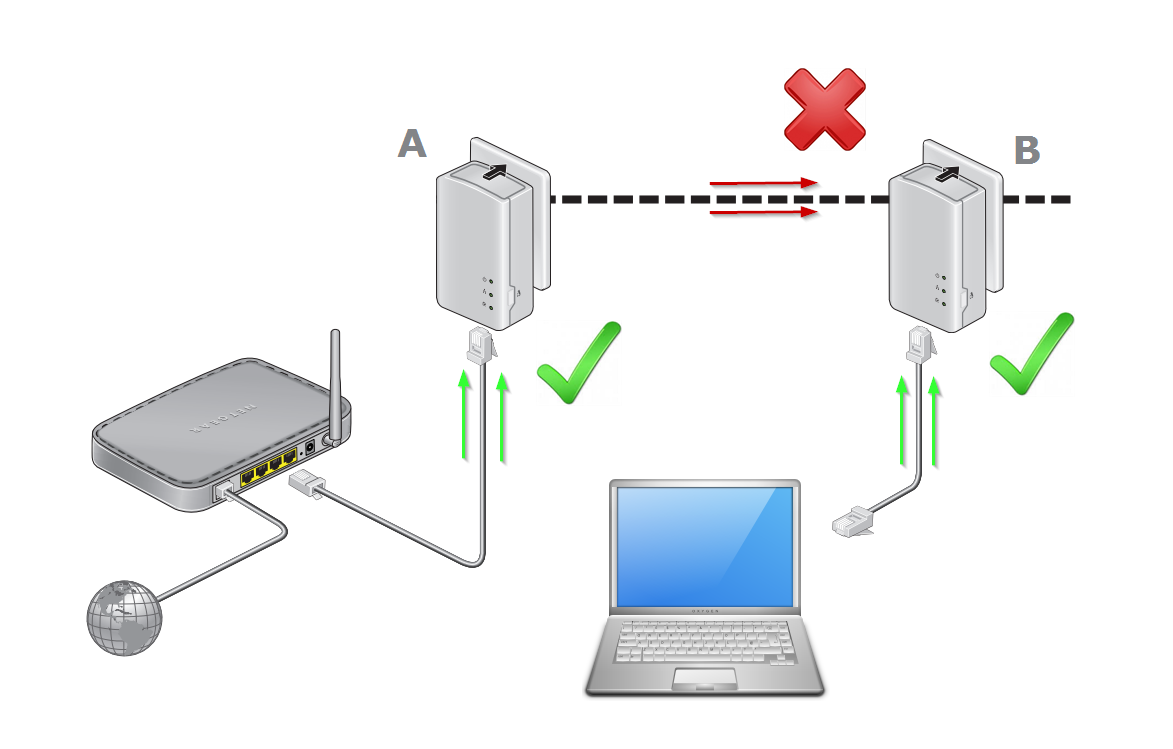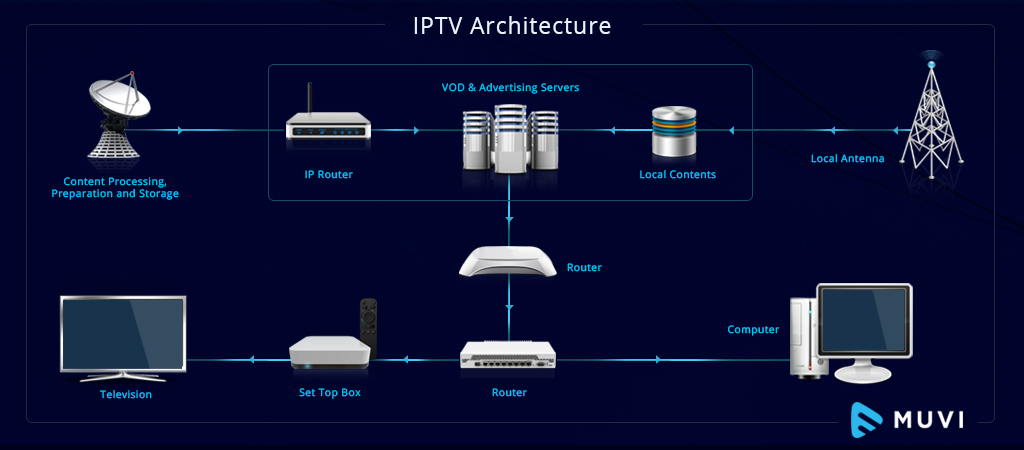When it comes to coaxial cables, the RG6 variety is a staple in many households and businesses for connecting a range of devices. However, not all RG6 cables are created equal. There are distinct types, including RG6 Standard, RG6 Tri Shield, and RG6 Quad Shield. Understanding the differences between these cables is crucial for selecting the right one for your needs.
Construction Differences: RG6 vs RG6 Tri Shield vs RG6 Quad Shield
All three types of RG6 cables share a common structure: an 18AWG copper conductor at the core, surrounded by aluminum foil and braided mesh for shielding. The primary distinction lies in the number of shielding layers and the thickness of their insulation and outer jacket.
RG6 Standard
The RG6 Standard is the most prevalent type and includes:
- 18AWG Copper Conductor
- PVC Dielectric
- Aluminum Foil
- Aluminum Braided Mesh
- Outer Jacket
RG6 Tri Shield
The RG6 Tri Shield offers an additional layer of shielding:
- 18AWG Copper Conductor
- PVC Dielectric
- Aluminum Foil
- Aluminum Braided Mesh
- Second Aluminum Foil
- Outer Jacket
RG6 Quad Shield
The RG6 Quad Shield, or “super shield,” provides the highest level of protection with four shielding layers:
- 18AWG Copper Conductor
- PVC Dielectric
- Aluminum Foil
- Aluminum Braided Mesh
- Second Aluminum Foil
- Second Aluminum Braided Mesh
- Outer Jacket
The additional shielding in RG6 Tri Shield and RG6 Quad Shield results in a thicker cable compared to the RG6 Standard.
Performance Differences: RG6 vs RG6 Tri Shield vs RG6 Quad Shield
Coaxial cables transmit electrical power and signals through the copper conductor, while the shielding protects against interference and minimizes signal loss. More shielding equates to better signal quality.
RG6 Tri Shield and RG6 Quad Shield cables outperform the RG6 Standard in terms of signal integrity. The RG6 Quad Shield, in particular, offers the most robust performance with superior protection against external interference and the ability to handle higher frequencies and voltages for more stable signal transmission.
Choosing the Right Cable: RG6 vs RG6 Tri Shield vs RG6 Quad Shield
Selecting the appropriate cable involves considering several factors:
- Electromagnetic Interference (EMI): Assess the level of EMI from nearby electrical equipment, which can cause signal loss and crosstalk.
- Signal Quality: Determine if high-quality signals are necessary for your applications, which may require cables capable of carrying high-frequency signals with larger bandwidth.
- Lifespan and Installation: Consider the cable’s durability and ease of installation, especially for outdoor use where environmental factors like sunlight and rain can impact performance.
RG6 Standard
For typical home applications such as satellite TV, CATV, or CCTV, the RG6 Standard suffices. It offers a balance between interference resistance and ease of installation due to its flexibility.
RG6 Quad Shield
The RG6 Quad Shield is ideal for environments with a high level of electrical devices or for outdoor installations due to its superior interference prevention and durability. However, it is not typically recommended for residential use due to its higher cost, the need for special connectors, and reduced flexibility, which can complicate DIY installations.
RG6 Tri Shield vs Quad Shield
For commercial settings like restaurants, malls, and office buildings, the extra shielding of RG6 Tri Shield and RG6 Quad Shield is beneficial. The choice between the two depends on the specific use case, with the RG6 Quad Shield being the go-to for the most stable transmission.
RG6 Tri Shield vs RG6 Quad Shield vs RG11 Cable
It’s a common misconception that more shielding reduces signal loss over long distances. In reality, signal loss is more dependent on the size of the central copper conductor and insulation. For higher-frequency signals over longer distances, an RG11 cable with a thicker central conductor is more suitable.
Where to Buy RG6 & RG6 Tri Shield & RG6 Quad Shield?
If you’re a business owner, wholesaler, distributor, or industry contractor, New King can assist with high-quality coaxial cables tailored to your needs. For more information, contact us at yigetech@gmail.com, and our sales team will respond promptly.
In conclusion, the choice between RG6, RG6 Tri Shield, and RG6 Quad Shield cables depends on the specific requirements of your installation. Understanding the nuances of each type ensures that you select the cable that best fits your needs, balancing performance with practical considerations.







